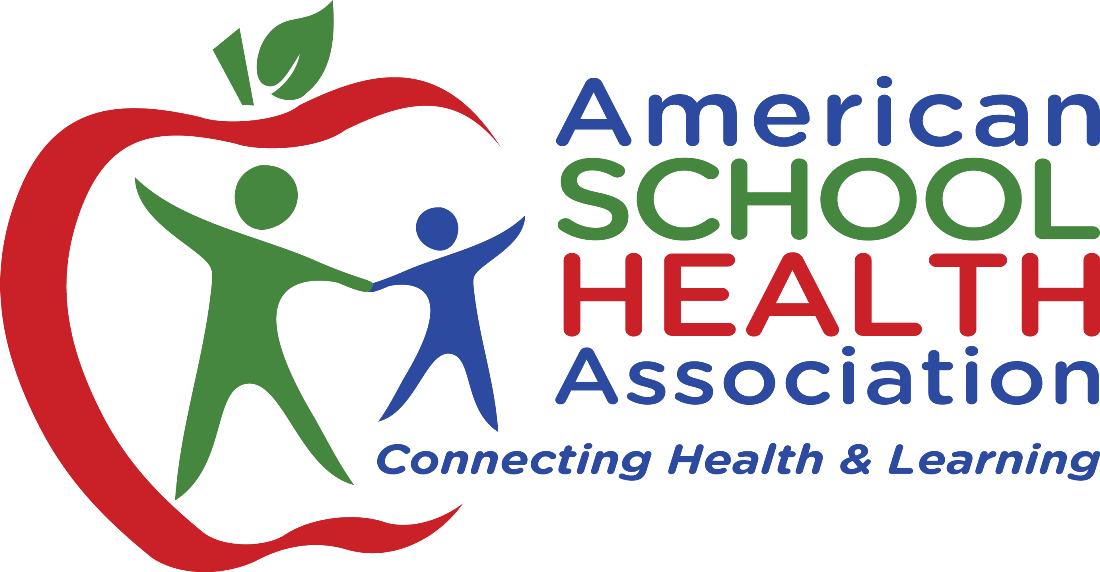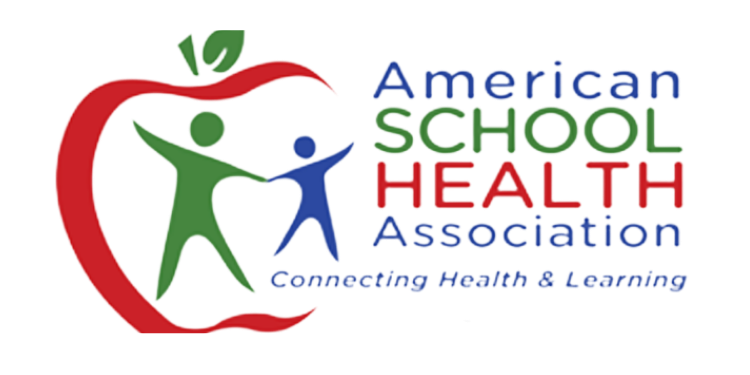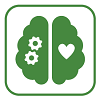About ASHA
Imagine 1927, a group of dedicated doctors huddle at a public health meeting, their vision clear: healthy kids thriving in schools. It was there they formed the American Association of School Physicians, ASHA's proud ancestor. But soon, they realized it wasn't just doctors who cared. Counselors, nutritionists, physical education teachers – anyone who shared their passion for kids' well-being joined the team!
By 1936, the movement had grown so much that the organization opened its doors to everyone, not just doctors. Recognizing the diverse perspectives and expertise needed to truly support students, they officially changed their name to the American School Health Association, or ASHA as we know it today. With Dr. William Howe as the first president, ASHA would continue to see growth as an organization.
Today, ASHA is a vibrant community of experts from all walks of life. Nurses, social workers, educators – we're a diverse crew, united by a singular mission: to empower kids to thrive in healthy, supportive school environments. We champion healthy habits that stick, build communities that uplift kids, and ignite a passion for school health in everyone.
Dr. Howe's spirit lives on in our work today. We strive to ensure every child experiences the holistic well-being that he, and countless others who followed, fought for. So, the next time you see a delicious and nutritious lunch option in the cafeteria, a fun activity that gets kids moving, or a program that supports their mental well-being, remember, ASHA might have had a hand in it! We're proud to be a part of making schools places where every child can learn, grow, and reach their full potential.

Mission Statement
Our mission is to transform all schools into places where every student learns and thrives.
Vision Statement
We envision healthy students who learn and achieve in a safe and healthy environment nurtured by caring adults functioning within coordinated school and community support systems.
5 Core Beliefs
Our core beliefs encompass five critical components of a healthy school environment designed to support PreK-12 students. We support student-centered, integrated and collaborative approaches that address the needs of the whole child. We believe the Whole School, Whole Community, Whole Child model is the best representation of a truly collaborative approach to health and learning.










